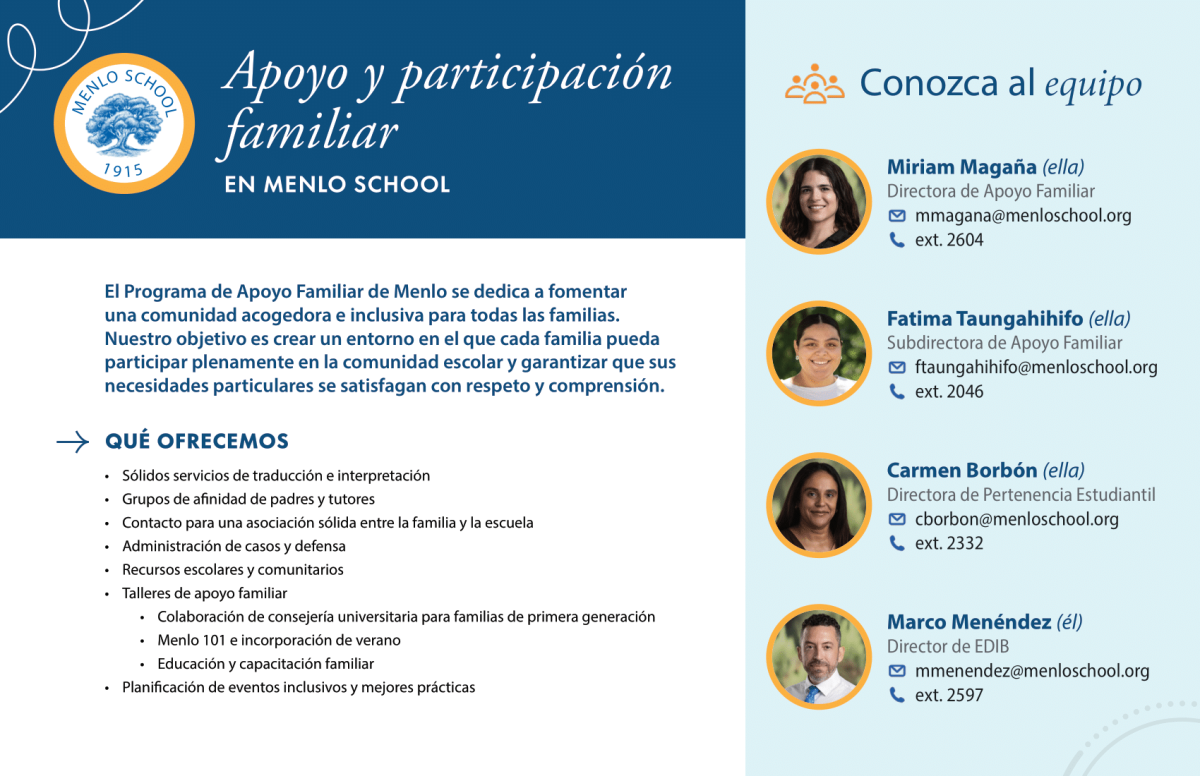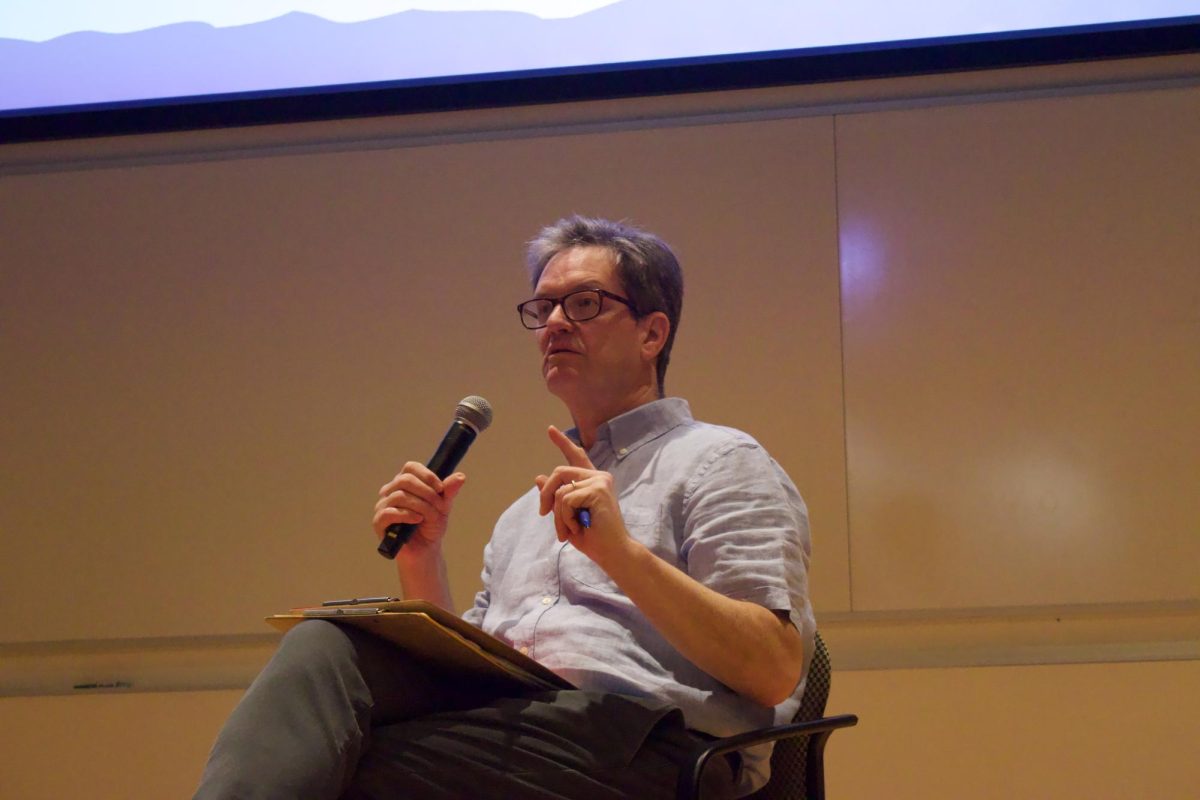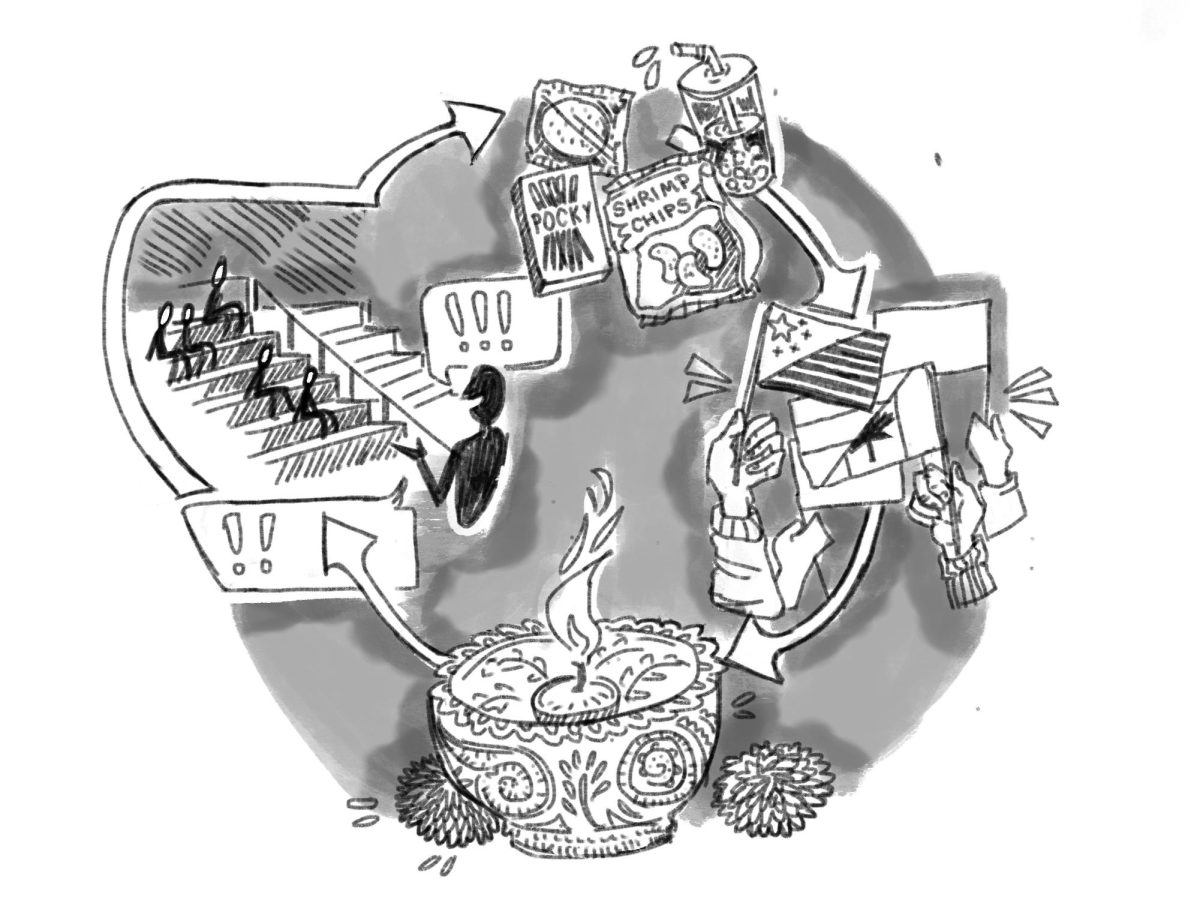At $61,635 for the 2024-25 academic year, or roughly $350 per school day, Menlo’s tuition has exceeded the average cost for a private four-year university. According to Head of School Than Healy, tuition will increase for the 2025-26 school year. The current tuition is approximately a 6% increase from the 2023-24 school year. The increasing tuition has been driven by inflationary pressures as well as school priorities around teacher salaries, class sizes and an evolving academic and activities portfolio.
Menlo’s Board of Trustees, a 30-member board composed of parents, school employees and alumni, determines the school’s yearly tuition increase. Healy is on the committee tasked with reviewing the economic factors determining tuition.
According to Healy, the Board approves the tuition increase annually, considering factors like the economy, inflation, salary increases, the operating budget and financial aid.
It’s not only external factors that determine the tuition level, however; the Board considers Menlo’s expenses and net income from the past year in determining if, and by how much tuition, should increase. Around 75 to 80 percent of Menlo’s expenses are covered by student tuition, according to Healy. And according to ProPublica, the school lost $62,813 in the 2023-24 school year due to various expenses meant to be fully covered by tuition. Over the past few years, the school’s net income has fluctuated, ranging from a loss of approximately $1,500,500 to a surplus of $26,000,000.
Chief Financial Officer Shelly Gupta sees inflation as one of the largest factors that impacts tuition because of how it affects staff compensation. “We must recognize that our faculty and staff reside in an area with higher living costs. It’s important that we provide competitive compensation to support their financial well-being,” Gupta said.
Menlo compares its tuition against 20 peer schools with similar demographics and services in the Bay Area to ensure its level is fair. In setting the tuition, the Board of Trustees prioritizes competitive teacher salaries and low student-to-teacher ratios. Currently, Menlo is the 13th most expensive private school in its cohort of 20 peer schools. “Our goal is to be middle range when it comes to […] how expensive the school is,” Healy said. “[We also] want to be top of the range in terms of how we compensate our teachers because we believe that teachers are the most important part of the school in terms of your experience as a student.”
The tuition cost across schools is not always comparable, as even some private schools receive subsidies. “Schools that are part of […] the Catholic Archdiocese are underwritten by the archdiocese, so […] their expenses don’t need to be covered entirely by tuition [like Menlo],” Healy said.
Menlo’s average student-teacher ratio of 16:1, which requires more teachers on staff, also drives tuition costs. Healy believes that the smaller class sizes enhance the student experience, a unique characteristic amongst some other private schools.
Menlo also continuously evolves its curriculum and extracurricular offerings to meet new student interests and keep up with the times. The school introduced girls flag football in 2023, and offers different electives every year like Election 2024. Tuition allows the school to offer these unique experiences. “The tuition collected goes directly into providing a program at a high level of excellence,” Gupta said.
Along with extracurricular activities, the school hopes to prioritize pressing issues affecting students’ physical and mental health. “We also want to be responsive to what’s the need of the hour,” Gupta said. “So if mental health and wellness are what is needed, then we want to be able to have the funding to support that.”
Tuition also plays a role in offering financial assistance, with approximately 22 percent of Menlo families receiving some aid. Healy acknowledges that tuition increases may lead to additional families joining the financial aid programs and says that the Board accounts for this in setting the amount. “We increase financial aid at the same rate that we increase tuition,” Healy said, “This year the financial aid budget was about $8,000,000. We do a lot of fundraising work to make that happen.”
Gupta does not want finances to be a barrier to families seeking private education. “I really hope when a family is considering Menlo they look at the program fit for their student [and] whether the student will thrive in a place like Menlo, and [are] not really considering the cost of it because we will be there to support with financial aid if that is the need,” she said.










